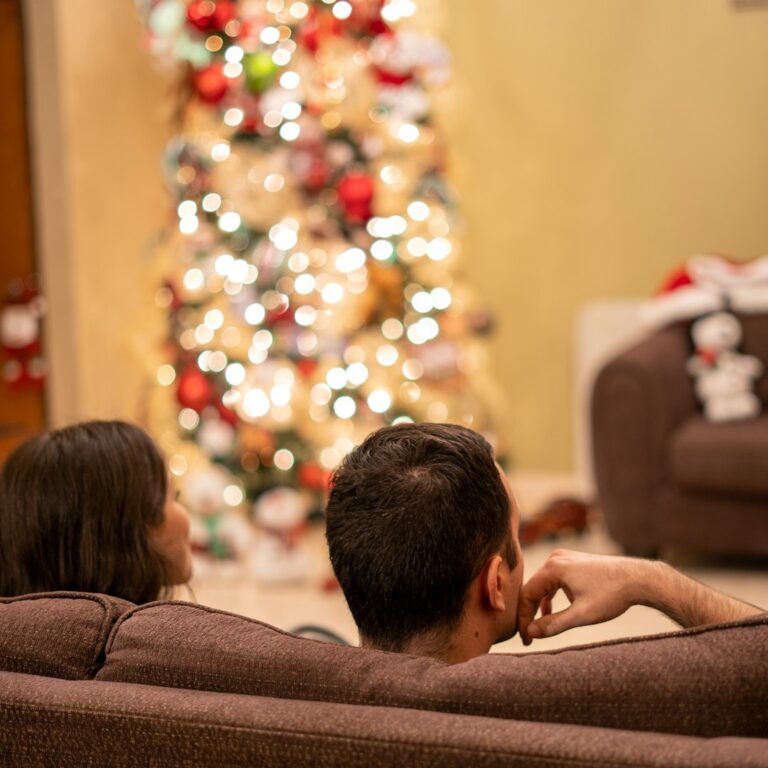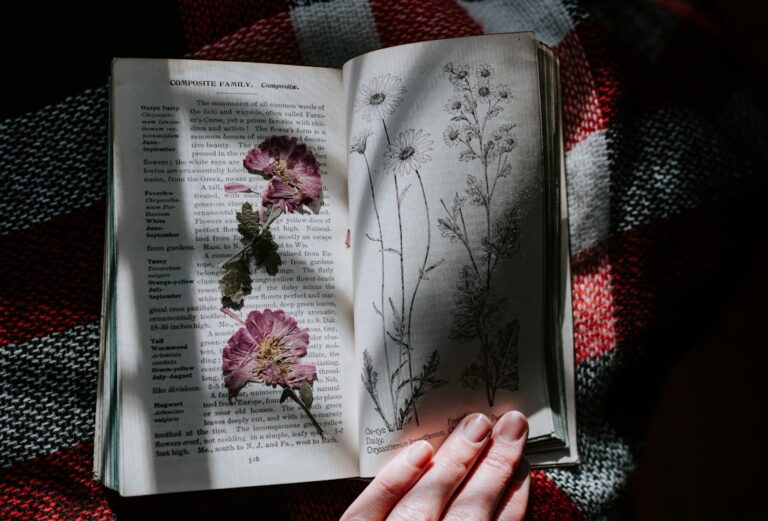There’s nothing quite like the feeling of butterflies in your stomach, the rush of anticipation before a date, or the thrill of discovering someone new. While most of us experience varying degrees of excitement in our relationships over time, you may have wondered why some connections stand out as electrifyingly captivating while others feel comfortable but less intense. Understanding what drives these differences can help us nurture passion, deepen intimacy, and build more fulfilling connections.
What Is Relationship Excitement?
Relationship excitement refers to the sense of emotional stimulation, novelty, and intensity people feel when connecting with a romantic partner. While excitement doesn’t guarantee a healthy or sustainable partnership, it often signals a dynamic and engaging bond. For some, this feeling is fleeting; for others, it can endure and even deepen with time.
The Many Facets of Excitement in Relationships
Excitement is a complex and multifaceted experience. It is influenced by a blend of psychological, biological, and social factors. Key elements include:
- Novelty: The thrill of discovering new things about each other often fuels the initial spark.
- Uncertainty: Not knowing exactly how the other person feels or what will happen next can amplify desire.
- Compatibility: Shared interests, humor, and values can make interactions stimulating and fun.
- Chemistry: A blend of attraction, emotional safety, and synchronicity can create a sense of “clicking” that feels exhilarating.
- Risk and Adventure: Taking chances together—a spontaneous trip, a vulnerable conversation– can bond partners through adrenaline and trust.
The Science Behind Excitement: Chemistry and the Brain
Much of what we perceive as excitement in relationships comes down to neurobiology. When we’re attracted to someone or experience something new, our brain releases neurotransmitters such as dopamine, norepinephrine, and oxytocin. These chemicals create sensations of pleasure, eagerness, and bonding.
Dopamine and the Reward System
Dopamine is often called the “feel-good” chemical. It forms part of the brain’s reward system, lighting up when we encounter pleasurable experiences—including a romantic partner. This chemical is responsible for the sense of anticipation and motivation we feel when pursuing someone new or enjoying fresh adventures together.
Norepinephrine and Arousal
This neurotransmitter increases alertness and excitement. It’s the reason your heart races and palms sweat when you see your crush. Norepinephrine heightens your senses, making interactions feel more vivid and memorable.
Oxytocin and Bonding
The “cuddle hormone,” oxytocin, encourages feelings of trust and emotional closeness. It’s released during physical touch, deep conversations, and moments of vulnerability—strengthening the emotional thrill of intimate relationships.
Why Some Relationships Feel More Exciting Than Others
If the same brain chemicals are involved in every romantic connection, what makes some relationships especially thrilling? Several factors play a role, from personality to circumstances:
1. The Role of Novelty
Novel experiences trigger dopamine spikes. In the early stages of a relationship, everything is new: inside jokes, shared adventures, even learning about your partner’s quirks. Recent studies have shown that couples who continue to seek different experiences together maintain higher excitement levels—whether that’s trying a new cuisine, traveling to new places, or meeting each other’s friends.
2. Emotional Vulnerability and Depth
Some relationships allow for greater openness and risk-taking. Sharing fears, dreams, or insecurities makes interactions more intense and memorable. The willingness to be vulnerable creates intimacy, forging a deeper, more exhilarating connection than relationships built on surface-level interactions.
3. The Power of Uncertainty
Uncertainty can be both anxiety-provoking and exciting. During the initial stages of attraction, not knowing whether feelings are reciprocated can supercharge desire. Psychologists call this the “barrier effect”: obstacles and challenges often make a relationship feel more exciting, at least temporarily. However, uncertainty over time can become destabilizing, so the healthiest relationships balance unpredictability with a secure attachment.
4. Chemistry and Compatibility
Sometimes it’s just a feeling—an unexplainable click. Chemistry amplifies excitement, making every interaction feel charged. While chemistry isn’t everything, it often enhances a relationship’s intensity, especially early on. When combined with compatibility (shared values, communication styles, life goals), the result can be a relationship that’s both exciting and sustainable.
5. Shared Growth and Adventure
Relationships thrive on shared meaning and growth. Couples who support each other’s personal development and embrace adventure often report higher excitement. This could involve setting goals together, learning new skills, or backing each other during life’s major transitions. Support and joint achievement can create ongoing surges of excitement and pride.
6. Psychological Attachment Styles
Your attachment style—developed in childhood and shaped by past relationships—influences how you experience romance. People with anxious or preoccupied attachment styles may find relationships more exciting due to heightened sensitivity to a partner’s attention and approval. Those with secure attachment may feel excitement in new relationships but often experience more stability than volatility.
The Downside of Eternal Excitement: When the Thrill Disappears
While excitement can foster closeness, too much intensity can create stress or even drama. Some individuals become addicted to the “honeymoon phase” and chase excitement at the expense of security or emotional health. Recognizing the difference between healthy excitement and unhealthy patterns is crucial for long-term well-being.
Signs You May Be Chasing Unhealthy Excitement
- Relationships are frequently unstable or short-lived
- Conflicts and reconciliations are intense and frequent
- You’re drawn to unavailable or unpredictable partners
- Security and routine feel boring rather than comforting
- You feel disengaged once excitement fades
If these patterns feel familiar, it may help to reflect on your emotional needs, past experiences, and beliefs about love. Working with a therapist can uncover the roots of these patterns and help you seek more balanced, fulfilling connections.
How to Keep Excitement Alive in Long-Term Relationships
It’s normal for the initial rush of passion to wane over time as familiarity grows. But this doesn’t mean your relationship must become dull or routine. Many couples find creative ways to reignite the spark, cultivating passion and novelty while strengthening intimacy and trust.
Tips for Revitalizing Excitement
- Prioritize Novelty: Try new activities, explore new hobbies, or plan surprise outings.
- Embrace Vulnerability: Share hopes, fears, and dreams—even if you’ve been together for years.
- Flirt and Play: Lighthearted teasing, playfulness, and flirting can keep things fresh and fun.
- Nurture Emotional Safety: Create an environment where both partners can express themselves without judgment.
- Make Time for Each Other: Schedule regular date nights or quality time, even amidst busy schedules.
- Focus on Growth: Support each other’s personal goals and celebrate achievements together.
- Revisit Shared Memories: Reminisce about the exciting early days, and revisit places or experiences that brought you together.
Frequently Asked Questions About Relationship Excitement
Is excitement necessary for a good relationship?
Excitement adds zest to a relationship but isn’t the sole indicator of love or compatibility. Many stable, fulfilling partnerships are built on trust, support, and shared values—qualities that can foster deep happiness even if intensity fluctuates over time.
Can a relationship be too exciting?
Yes. Relationships that are consistently volatile or dramatic can be exhausting and, in some cases, unhealthy. It’s important to distinguish between healthy excitement (growth, novelty, deepening intimacy) and unhealthy excitement (instability, emotional rollercoasters, or repeated turmoil).
What if the excitement is gone—does it mean the relationship is over?
Not necessarily. Excitement ebbs and flows naturally in long-term relationships. With effort and intention, couples can rekindle the spark and discover new ways to engage and connect. Communication, creativity, and mutual commitment play vital roles.
Building Relationships That Thrive: Balancing Comfort and Excitement
The most enduring relationships blend safety, trust, and a sense of home with the occasional rush of excitement and adventure. While the initial chemical high evolves, it can give way to a deeper, more rewarding sense of love and partnership. If you’re seeking more excitement in your connection, consider what areas you’d like to explore—be it shared hobbies, new experiences, or emotional openness—and initiate a heartfelt conversation with your partner.
Key Takeaways
- Relationship excitement is fueled by chemistry, novelty, challenge, and emotional sharing.
- Some relationships feel more exciting due to factors like compatibility, vulnerability, and adventure.
- Excitement naturally fluctuates but can be cultivated with creativity and intention.
- Balanced relationships prioritize both comfort and ongoing opportunities for growth and discovery.
Whether embarking on new love or revitalizing a long-term partnership, embracing both excitement and security can help create a relationship that’s vibrant, meaningful, and uniquely yours.





